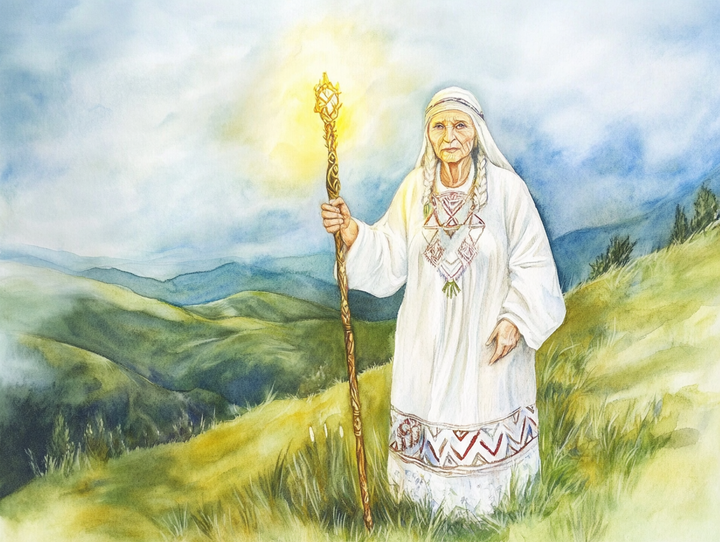The Enigmatic Count of St. Germain

The annals of history are replete with figures that ignite intrigue and provoke questions that may never be answered. The Count of St. Germain, an enigmatic persona who graced European high society in the 18th century, was such a figure. With tales of his longevity, knowledge, and seemingly mystical abilities, St. Germain continues to capture the collective imagination. Let's embark on a journey through time to explore this fascinating persona and his enduring impact on history.
The Count of St. Germain's origin story remains shrouded in mystery, with his early life and even his true identity subject to conjecture. It's generally believed that he first appeared on the European scene in the mid-18th century. However, his actual birth date, place, and parentage remain disputed, with some speculating he may have been the son of Transylvanian Prince Francis II Rákóczi, while others suggest he could be of Spanish or Portuguese origin.
A Man of Many Talents
Despite the ambiguity surrounding his early life, St. Germain's abilities were universally acclaimed. He was known for his impressive linguistic skills, boasting proficiency in multiple languages including French, German, English, Spanish, Portuguese, Russian, and others. Moreover, he was an accomplished musician, composer, and violinist, with his musical compositions even earning the praise of esteemed composers like Rameau.
St. Germain was also reputed to be a gifted painter, an expert in precious stones, and possessed an encyclopedic knowledge of history. Adding to his charm was his reputation as an extraordinary raconteur, known for regaling audiences with his tales of travels and historical events.
A Seemingly Immortal Count
One of the most captivating aspects of St. Germain's persona was the claim of his apparent immortality. He seemed to age slowly, if at all, and claimed to possess the 'Elixir of Life,' a compound allegedly capable of conferring immortality. Some of his contemporaries reported that he claimed to be several hundred years old, weaving tales of his experiences in centuries past, making him a living paradox.
However, it's important to note that his seemingly ageless appearance might be attributed to the cosmetics and treatments he created. St. Germain was known for his interest in alchemy and natural sciences and claimed to have developed methods to remove flaws in diamonds and pearls, further fueling the mystery surrounding him.
A Diplomatic Connoisseur
St. Germain was not just a man of arts and sciences; he also participated in diplomatic affairs of the time. He was reportedly involved in diplomatic missions in England, France, and other European countries under assumed names. Furthermore, he played a role in high-level negotiations and was said to have considerable influence on certain political affairs.
His involvement in diplomacy gave rise to speculations that he was a spy or an influential secret agent, but these claims remain unconfirmed. However, it's clear that his impact reached beyond the realm of art and science and into the political sphere of 18th-century Europe.
Theosophical Influence
After his supposed death in 1784, the fascination with the Count of St. Germain didn't diminish; instead, it took on a spiritual dimension. In the 19th and early 20th centuries, members of the Theosophical Society, a group interested in mystical and occult philosophies, believed that St. Germain was one of the 'Ascended Masters,' enlightened beings who guide the spiritual destiny of the planet.
Helena Blavatsky, the co-founder of the Theosophical Society, mentioned him in her work, "The Secret Doctrine," suggesting that St. Germain was a mahatma, a great soul or a spiritual teacher. The fascination with St. Germain as a spiritual entity has persisted into contemporary New Age movements, where he's often referred to as 'Master R,' a spiritual guide aiding humanity's evolution.
A Symbol of the Occult and the Enlightenment
St. Germain's enduring legacy is one that straddles the line between the mystical and the enlightened, a true personification of the Age of Enlightenment, when reason, science, and art flourished amidst persistent belief in the mystical and the occult. His interest in natural sciences, alchemy, and his seemingly limitless knowledge made him a figure that encapsulated this historical period.
Despite, or perhaps because of, the obscurity of his origins and the mystery surrounding his life, the Count of St. Germain remains a captivating figure. His supposed longevity and diverse skills add to the enigma, making him a character that still intrigues historians, occult enthusiasts, and theosophists alike.




